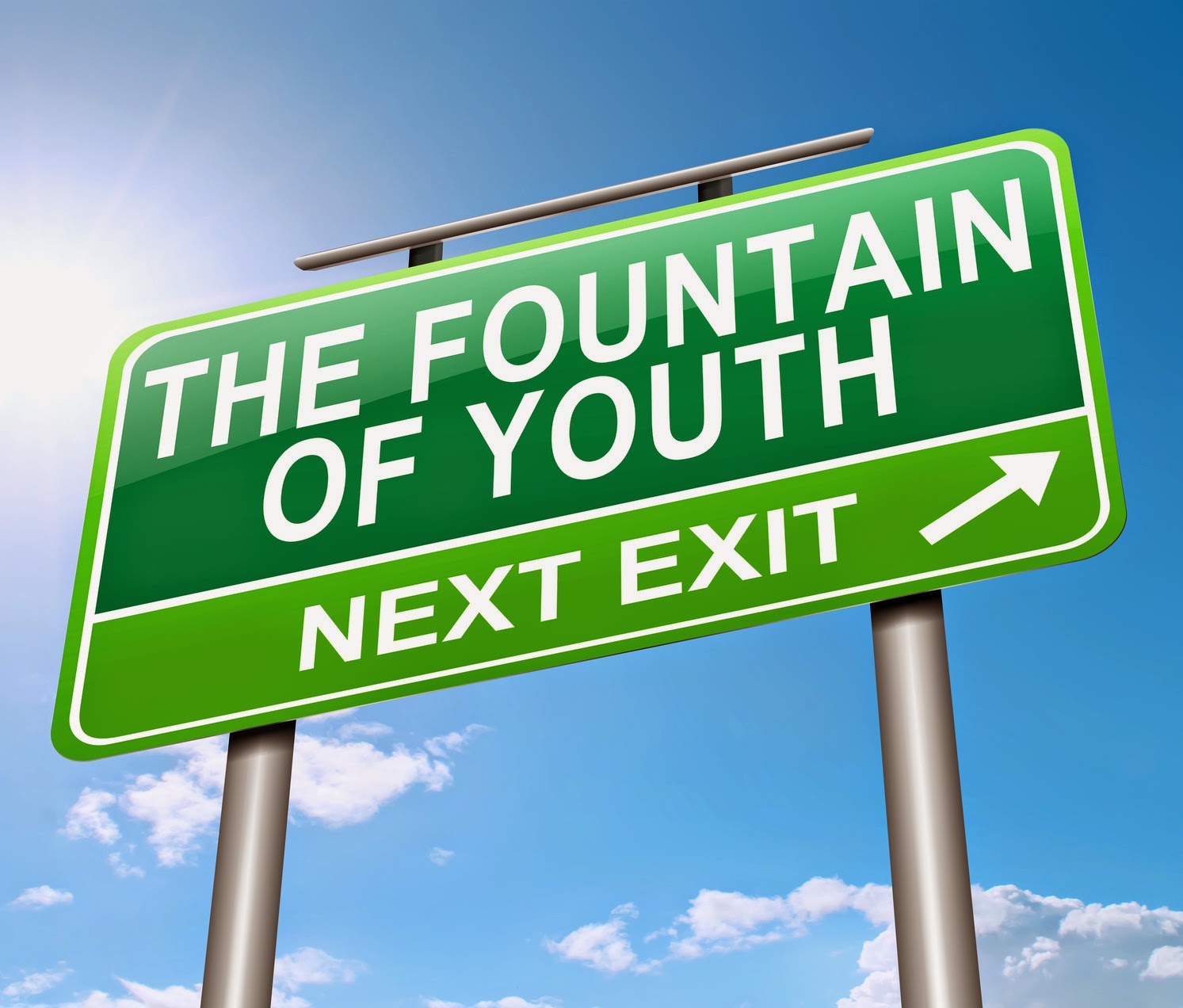The pull up (part one)
It's time to reclaim our primal strength
The long time standard for demonstrating upper body pulling
power has been the pull up. From military fitness testing, to elite gymnastics
feats, to good old fashioned macho competitions the pull up has stood the test
of time and rightfully so.
The pull up brings into play nearly every muscle in the
body if performed correctly. It is part of our evolution, just look at our
primate cousins that demonstrate devastating strength and power from constant
hanging and climbing to move. We have a very similar shoulder structure and
these hanging and climbing motions should be as natural to us as walking.
The dual attack to achieve the perfect pull up
Hanging
Yes you read that right, part one of the attack is to hang
from a bar. Sounds simple but this exercise has many progressions and benefits:
- Improved shoulder stability (less injuries)
- Improved shoulder construction (will reform joint structure to be healthy and functional)
- Upper back and shoulder girdle strengthening
- Scapular control and mobilization (able to control and fully move the shoulder blades, very important for all upper body work)
- Grip strength
- Core strength
This is the tip of the iceberg when it comes to the benefits
of hanging, but don't take my word for it see for yourself with this mini
program.
Passive Hangs - Build up to 2 minute of continuous hanging
Hang from a bar allowing the shoulders to be stretched out,
start slowly using your feet as support if needed in the beginning then
progress to holding the body straight off the floor. Start with performing your 2 minutes of
hanging in as many sets as necessary, working to reduce the amount of sets
until you can complete the 2 minutes in a single set.
Active hangs - 3 x 10 repetitions with 3 second hold on each rep
Hang from the bar as you did in the passive hang.
From this starting position raise the body WITHOUT bending
the arms, Yes, this is possible. Strive to pull the shoulder blades back
(Retraction) and down (Depression). When you try this for the first time you
might be unable or find you get very little movement but don't give up your
strength will build quickly. You may notice when you do this that you chest
lifts and your elbow pits (the soft side of the elbow) rotate to face behind
you. This is a good thing and should be encouraged.
Aim to work up to 3 sets of 10 repetitions with 3 second hold
in the top (active) position. Slow controlled reps are the goal here not bouncing
reps.
Active Hang
Work hard at these 2 hanging variations, the work can be
done in a traditional workout format, performing them one after the other 3
times a week. Or they can be practised in multiple sitting throughout the day,
all you need to do is find something to hang from i.e. door frame pull up bar,
rings, tree branch etc.
Get creative and have some fun while you regain your primal
power in preparation for the next step in the pull up dual attack.






